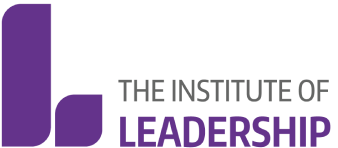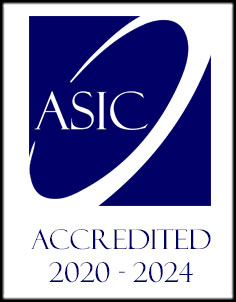Course Overview
Over the last 30 years, international efforts to curb money laundering and the financing of terrorism have increased due to the crippling effects they have on the global economy and the assistance they provide in the proliferation of criminal and terrorist organisations.
In July 2017 the G20 called on all countries to shut down alternative sources of financing of terrorism and for Fintech, Financial Units and Banks to focus their efforts to develop new tools and technologies to track illicit financial flows. The support from the G20 has reinforced the Financial Action Task Force's (FATF) work in countering money laundering and terrorist financing by strengthening its institutional basis and empowering the President’s role while interacting with member countries and stakeholders.
This training course will provide a clear analysis of the strategies that can be employed to combat money laundering and the financing of terrorism. Interactive learning will support participants’ understanding of the key themes of FATF objectives and recommendations, such as how preventative measures could be implemented to weaken the economic power of criminal and terrorist organisations and individuals. By examining best practice case studies and recent initiatives to prevent money laundering, participants will leave equipped to develop action plans that identify effective regulatory frameworks and practices, supported by interagency collaboration and stakeholder engagement.
A comprehensive analysis of the mechanisms behind AML/CFT initiatives will be provided, with subjects to be discussed including:
- Identifying channels for money laundering
- The global response to money laundering
- Assessing risks and a risk-based approach
- Effective cooperation and coordination strategies
- Tackling money laundering in designated non-financial business and professions (DNFBPs)
- Developing National Action Plans to tackle money laundering
- Regulatory frameworks
Experts in the field will lead this training through interactive workshops, lectures and best practice case studies, fostering innovation, creating learning and networking amongst peers.
Learning Outcomes
By the end of the course the delegates will be able to:
- Develop, construct and implement an action plan to combat money laundering and the financing of terrorism
- Identify the value of regulatory frameworks
- Monitor, evaluate and enhance performance
- Deliver services that better meet stakeholder needs

The Institute of Leadership has approved this training course. The Institute combines years of research, knowledge and innovation to champion the leadership agenda for alL and since 1947 they have carried out extensive research into the knowledge, skills, attitudes, behaviours and values of great leadership. Based on The Institute's core leadership values, this course meets the standard that enables learners who have completed to access the following benefits:
- Membership of The Institute of Leadership will be in receipt of an ICPS/The Institute joint Certificate of achievement for the course
- Access to a raft of resources to help you with your continuing professional development, including an award-winning library of e-learning content
- A community of over 70,000 members worldwide enabling you to collaborate and grow your knowledge and skills
- Receipt of weekly news updates, podcasts and cutting-edge research and a monthly published journal and invitations to topical webinars
- Authorisation to use approved letters AMInstL (Associate Member of The Institute of Leadership) after your name for business correspondence
How You Will Benefit
- The opportunity to gain a recognised professional qualification
- Hear the latest insights, research and developments in AML/CFT efforts from leading experts
- Network and share ideas with colleagues from around the world
- Enhance your skills and knowledge in the combating money laundering
Agenda
Day One
- - What is money laundering?
- - Money laundering and the link with terrorist financing
- - The impact of money laundering
- - International dialogue about the importance of preventing money laundering
- - Defining the real victims
- - The development of international law
- - International standard setters
- - Regional bodies and international cooperation
- - Understanding international sanctions
- - FATF and the forty plus nine recommendations
- - Bermuda analysis
- - Covid consequences
Day Two
- - What products and services are used by those who launder money?
- - What does laundering activity look like?
- - Money laundering typologies
- - Trends in money laundering
- - Placement, Layering and Integration
- - Suspicious transactions (Case Studies)
- - CDD, PEP and SAR explained
- - The insurance industry and money laundering
Day Three
- - Perception of good governance internationally
- - Governance, oversight and reporting
- - Mitigation and remedial activities
- - Due diligence
- - The role of regulation in managing AML
- - Regulatory good practice
- - Risk based regulation
- - Regulatory guidance
Day Four
- - History of terrorism
- - Current developments in terrorism
- - Relationship between money laundering and terrorism
- - FATF plus nine
- - Non-Proliferation
- - Risk based approach explained
- - Design and calibration
- - Impact on due diligence
- - “De-risking” motivation and impact


What Learners Say
Trinidad & Tobago
“ Thank you for a fantastic and interactive session! It really provided some great insight. “
Bank of Jamaica
“ The content covered was relevant and informative. the delivery was clear and logical. “